Greenhouse farming is particularly helpful for areas with cold winters or limited sunlight. For starters, greenhouse farming can help mitigate the problem of food insecurity. It also allows farmers to cultivate crops not typically grown in Nagaland, like fruits and vegetables. In addition, greenhouse farming can help farmers increase their yields while using less land than traditional methods.

How to Start Greenhouse Farming in Nagaland
What is Greenhouse Farming?
It is a type of agriculture that uses transparent, sometimes heated, structures to grow plants. The structures are often called greenhouses, and the plants are usually vegetables or flowers. Greenhouse farming is used most often in cold climates because it allows farmers to grow crops year-round. Greenhouse farming is an intensive agricultural production that uses controlled temperatures to grow plants. It is becoming increasingly popular in countries where it is cold or dry, such as Nagaland.
Scope of Greenhouse Farming in Nagaland
Greenhouse farming can be done using natural sunlight or artificial light. In artificial light systems, lamps give off a heat source that warms the air inside the greenhouse. This warm air circulates the plants, keeping them warm and nourished. In natural sunlight systems, windows let in fresh air and sunlight. This light helps plants grow and produces more food than artificial light systems.
Greenhouse farming is an emerging trend in Nagaland, as it offers an environmentally-friendly solution to the challenge of food security. By using advanced technology and implementing sustainable practices, greenhouse farmers can produce enough food to meet the needs of a growing population while minimizing environmental impact. GIn addition, greenhousefarming is also considered a means of promoting economic development in Nagaland.
Greenhouse farming is a popular method for growing crops in temperate and subtropical climates because it allows growers to produce crops year-round. Greenhouse farming is also beneficial because it uses less land than traditional agriculture and doesn’t require irrigation or fertilizers.
In case you missed it: How to Start Poultry Farming in Nagaland: Business Plan, Setup Cost, Profit, and Requirements
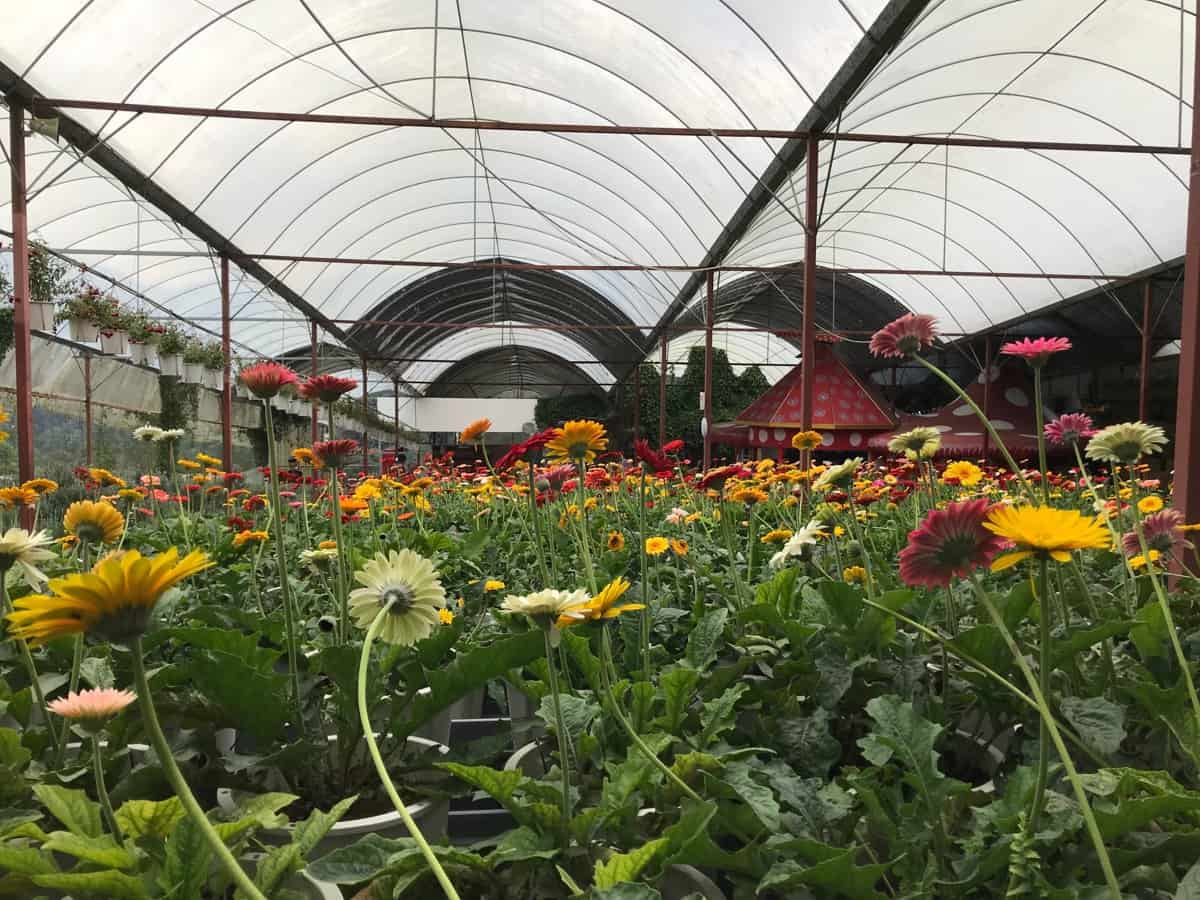
Greenhouse Vegetable Production in Nagaland
A greenhouse farm in Nagaland produces vegetables year-round. The farm grows Bell Peppers, Cucumbers, Tomatoes, Eggplant, and Zucchini. The greenhouse provides an alternative food source for residents in Nagaland who often rely on limited resources. It also helps to reduce pollution levels since the vegetables are grown indoors rather than outdoors.
Greenhouse farming is an emerging technology that benefits farmers in Nagaland. The technology allows farmers to produce various crops indoors using controlled environmental conditions, which can improve soil fertility, reduce water usage, and increase yields. The greenhouse industry is growing rapidly, and there is great potential for greenhouse farming in Nagaland.
The region’s hot and humid climate makes it ideal for cultivating tropical fruits and vegetables. There is also a need for vegetables in the region due to the large population size and limited land area. Greenhouse farming can help meet these needs by producing high-quality vegetables with minimum resources.
Is Greenhouse Farming Profitable in Nagaland?
It is a rapidly growing industry with tremendous potential for improvement. A recent study by the University of Agriculture, Nagaland, has shown that greenhouse farming can be profitable in the state. The study also shows that greenhouse farming can help conserve natural resources, improve food security, and boost income and employment opportunities.
How Does Greenhouse Farming Work in Nagaland?
It is a type of agriculture that uses greenhouses to grow plants. Greenhouse farming is especially useful when it is difficult to grow crops naturally, such as in cold climates. Greenhouses use climate control to keep the temperature inside the greenhouse consistent, which helps the plants grow. The greenhouse also allows the farmer to control the amount of light and oxygen that reaches the plants.
This makes it possible to grow plants in a controlled environment, which is important for crops that require special care (like fruit trees). In greenhouse farming, farmers use hydroponic systems instead of soil. Hydroponic systems use water droplets instead of soil to plant seeds. This allows farmers to keep more yield because they do not need to plow or fertilize the soil.
Hydroponic systems are also more efficient than traditional farming methods because they do not require extensive land usage or water resources. Greenhouse farming has many benefits for farmers in Nagaland. It can be used in areas that are difficult to cultivate naturally, like mountainous regions or cold climates. It is also more efficient than traditional farming methods, meaning farmers can produce more food with fewer land and water resources.
The greenhouse industry is growing quickly, and Nagaland is set to take advantage of this opportunity. The state has an ample water supply and an adequate infrastructure that enables the transport of goods to and from the farms. Moreover, there are no land-use restrictions, so greenhouse farming can be expanded into new areas.
In case you missed it: Pig Farming in Nagaland: Business Plan, Schemes, Breeds, Loans, Setup Cost, Profit, And Requirements
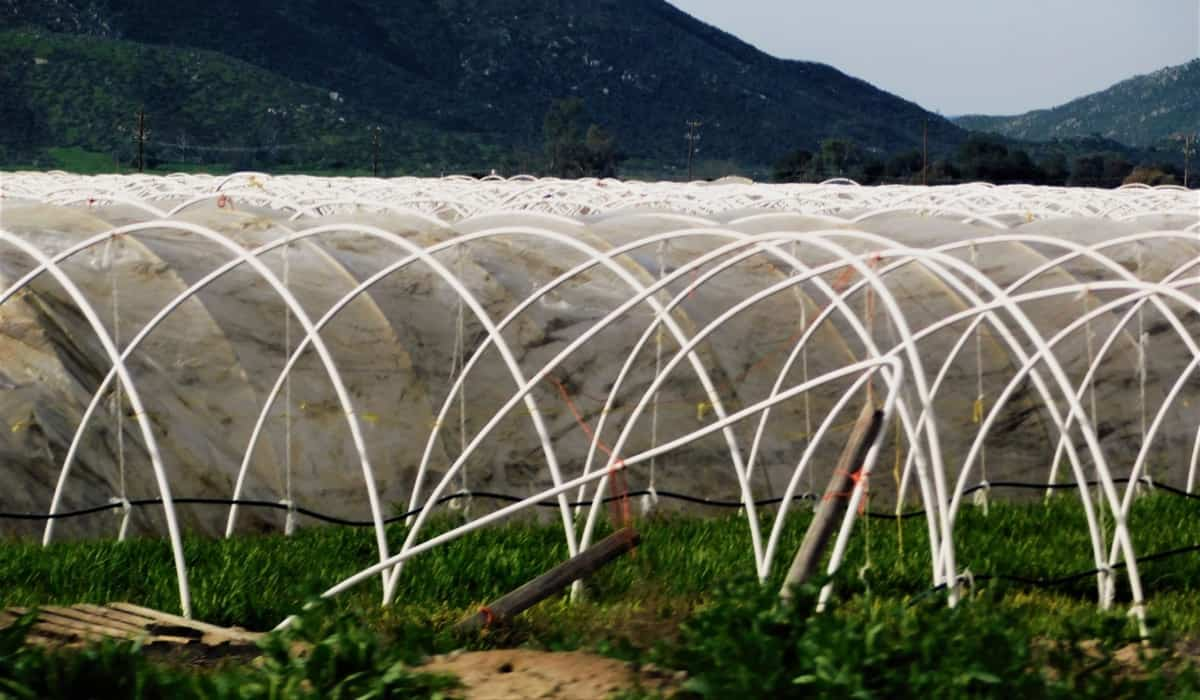
Crops are Grown Under Greenhouses in Nagaland
Greenhouse farming in Nagaland has the potential to produce a wide variety of crops, including fruits, vegetables, flowers, and nursery plants. Greenhouse farming in Nagaland is rising, with crops such as tomatoes, bell peppers, and cucumbers grown under greenhouses. The region’s moderate climate allows for year-round cultivation, making greenhouse farming a good option for farmers.
The major crops grown under greenhouses in Nagaland are tomatoes, cucumbers, eggplants, and flowers. The benefits of greenhouse cultivation for plants, such as increased production and decreased water usage, are well known. Greenhouses also offer an environmentally friendly option to farmers as they help reduce pesticides and increase land fertility by providing natural sunlight and ventilation.
Greenhouse farming has the potential to increase crop production in Nagaland significantly. The climate is suitable for growing vegetables, fruits, and flowers indoors under controlled conditions. This is especially useful for areas with limited seasonal rainfall or poor soil conditions.
What are the Different Types of Greenhouse Farms in Nagaland?
- Cold frames are the simplest type of greenhouse. They consist of a lattice or frame covered with plastic or glass to keep the inside temperature consistent. Cold frames can be used for growing flowers, vegetables, and fruits.
- Hoop houses are used for plants that need lots of exposure to sunlight, like tomatoes and cucumbers.
- Tunnel greenhouses are used for flowers and vegetables that need less sunlight, like Potatoes and Lettuce. Tunnel greenhouses are similar to cold frames but have walls about 2-3 feet high so plants can grow taller. Tunnel greenhouses are good for growing flowers and vegetables that need lots of sunlight.
In case you missed it: How to Start Sheep Farming in Mexico: Key Rules, Requirements, Business Plan, Setup Cost, Subsidy, and Loans
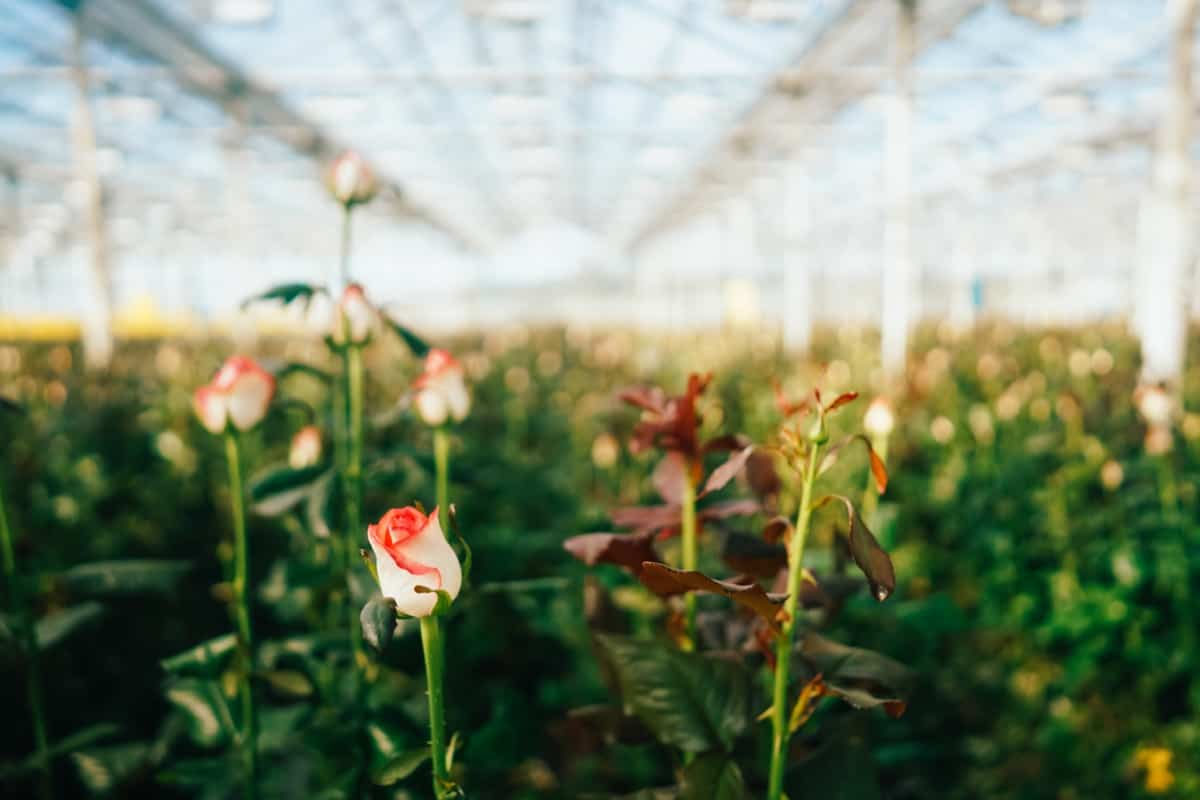
Cost to Build a Greenhouse in Nagaland
The cost of a greenhouse farm in Nagaland for 1 acre varies depending on the size of the greenhouse, but it is usually around Rs. 10 lakhs to Rs. 50 lakhs.
Can You Grow in a Greenhouse Year-Round in Nagaland?
Greenhouse farming in Nagaland has been growing in popularity recently as the state receives good rainfall throughout the year. This type of farming is also beneficial as it helps maintain food security during drought or other natural disasters.
Besides providing a reliable food source, greenhouse farming is also an environmentally-friendly option as it does not require any land or water resources to be used for its production. The main downside to greenhouse farming is that it requires some initial investment, but once this is done, the return on investment can be high.
Steps to Create Greenhouse Farming Business Plan in Nagaland
- Define the business need: There is a great demand for greenhouse vegetables in Nagaland as they are healthy, nutritious, and affordable. Greenhouse farming can provide an efficient and cost-effective way to meet this need. Next, figure out how you will generate revenue from greenhouse farming operations. This includes figuring out what crops you will grow, the prices you will charge for your products, and your target customer base.
- Identify target market: The target market for greenhouse vegetables in Nagaland will likely be households with the ability and desire to grow their produce.
- Research your industry: Learn about your area’s current climate and agricultural trends, so you can create a business plan tailored to meet your specific market’s needs.
- Establish financial predictions: Ensure your business plan reflects realistic estimates of startup costs, operating expenses, and eventual profits.
- Develop marketing strategy: The marketing strategy for greenhouse vegetables in Nagaland should focus on reaching targeted consumers through targeted advertising and social media platforms.
- Choose farm location: There are several suitable locations for greenhouse agriculture in Nagaland, including high-altitude areas with good sunlight and fertile soils.
Tips for Maintaining a Greenhouse Farm
- The farm must have the proper space for the structure: typically, at least 100 square feet per plant.
- The structure must be well insulated to prevent heat loss in winter and coolness in summer; this may require specialized construction materials and insulation techniques.
- The farm must have adequate ventilation to allow moisture and pests to escape while still protecting plants from extreme temperatures.
- A proper water supply and drainage system must be maintained to maintain optimal soil fertility.
In case you missed it: How to Start Greenhouse Farming in Odisha: Crops, 1 Acre Greenhouse Cost, Subsidy, and Loans
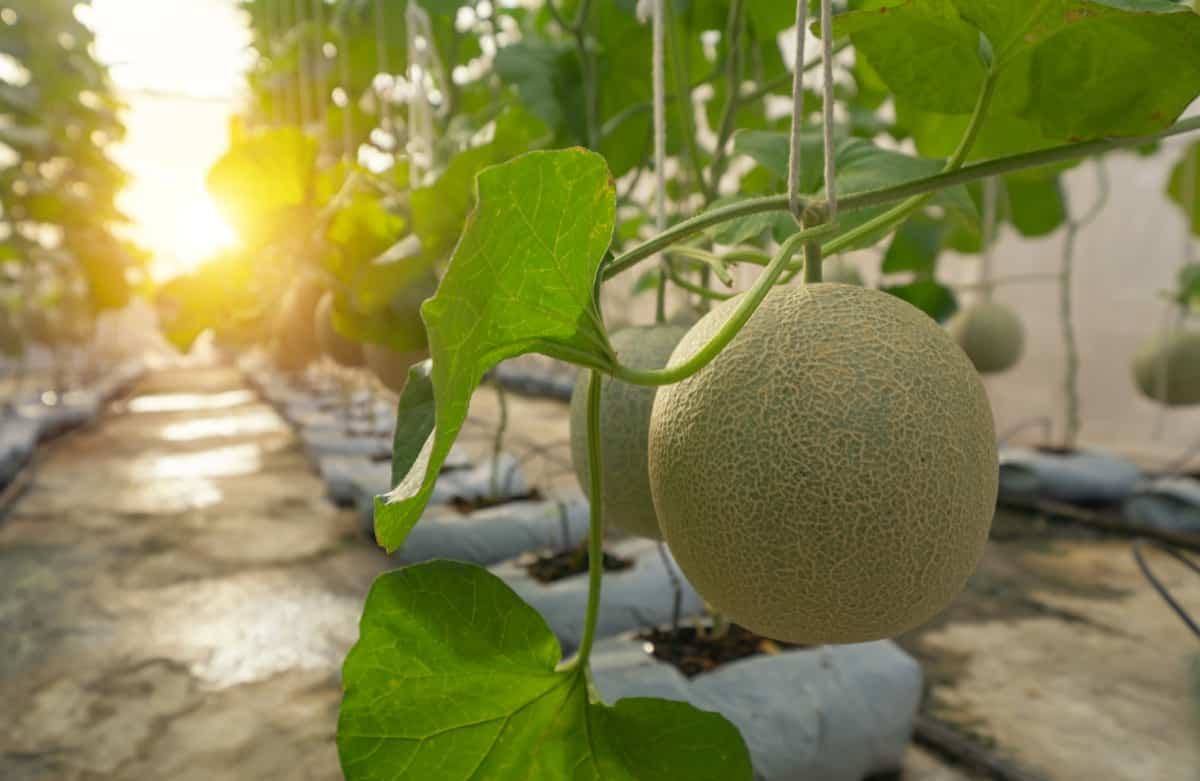
Key Rules to Start Greenhouse Farming in Nagaland
- Choose the right location – Greenhouse farming is best done in areas with mild climates and plenty of sunlight. Choose a location with good sunlight and reasonable humidity levels.
- Choose the right type of greenhouse – A glass greenhouse is the most common type used in greenhouses, but other options include plastic or metal structures.
- Choose the right plants – Greenhouse farmers typically grow vegetables, fruits, and flowers, but there are also options for cultivating crops like mushrooms or medicinal plants inside a greenhouse.
- Plan your cultivation carefully – You need to consider both the size and shape of your greenhouse and the types of plants you want to cultivate therein.
- Farm care – Build your greenhouse using simple materials sourced locally. Finally, keep an eye on the temperature and humidity levels, so your plants are healthy and thriving.
Requirements to Start Greenhouse Farming in Nagaland
- Conduct market research to identify potential markets and products.
- Determine required financing and investment.
- Choose the appropriate agricultural production system and technologies.
- Make the necessary land purchases or leases.
- Plan and implement irrigation and other cultivation systems.
- Greenhouse environment through conditioning, ventilation, lighting, and temperature control measures.
- Manage crop growth and harvesting schedules to ensure maximum yield production.
How to Start a Greenhouse Farming in Nagaland?
Starting a greenhouse business in Nagaland can be a great way to make money and help support the local economy. You will need to do several things to get started, including finding a suitable location, getting permits and licenses, and building the greenhouse.
Once everything is set up, you can monetize your business in many ways. You can charge for access to the greenhouse, sell plants and seeds, or offer workshops on greenhouse growing. In addition to making money, starting a greenhouse business in Nagaland can also help to support local agriculture and promote sustainable farming practices.
Greenhouse Subsidies and Loans in Nagaland
Nagaland has started exploring the potential of greenhouse farming to diversify its agriculture sector and reduce dependence on food imports. The state government has sanctioned Rs. 1 crore to establish four greenhouses in Dimapur, Zunheboto, Angul, and Kohima. The greenhouse initiative is part of a wider scheme to promote organic farming and agroforestry in Nagaland. The Nagaland government presently offers a subsidy of Rs. 5,000 per hectare to establish greenhouses.
Greenhouse farming is a feasible option in the region, as it offers several economic benefits, including increased production of vegetables, fruits, and flowers, reduced dependence on rain-fed agriculture, and improved food security. The state government has also announced plans to provide support worth Rs 500 crore over the next five years for the development of this sector.
In case you missed it: A Guide to Understand Importance of Drones in Agriculture/Farming: Advantages, Applications, and Different Types
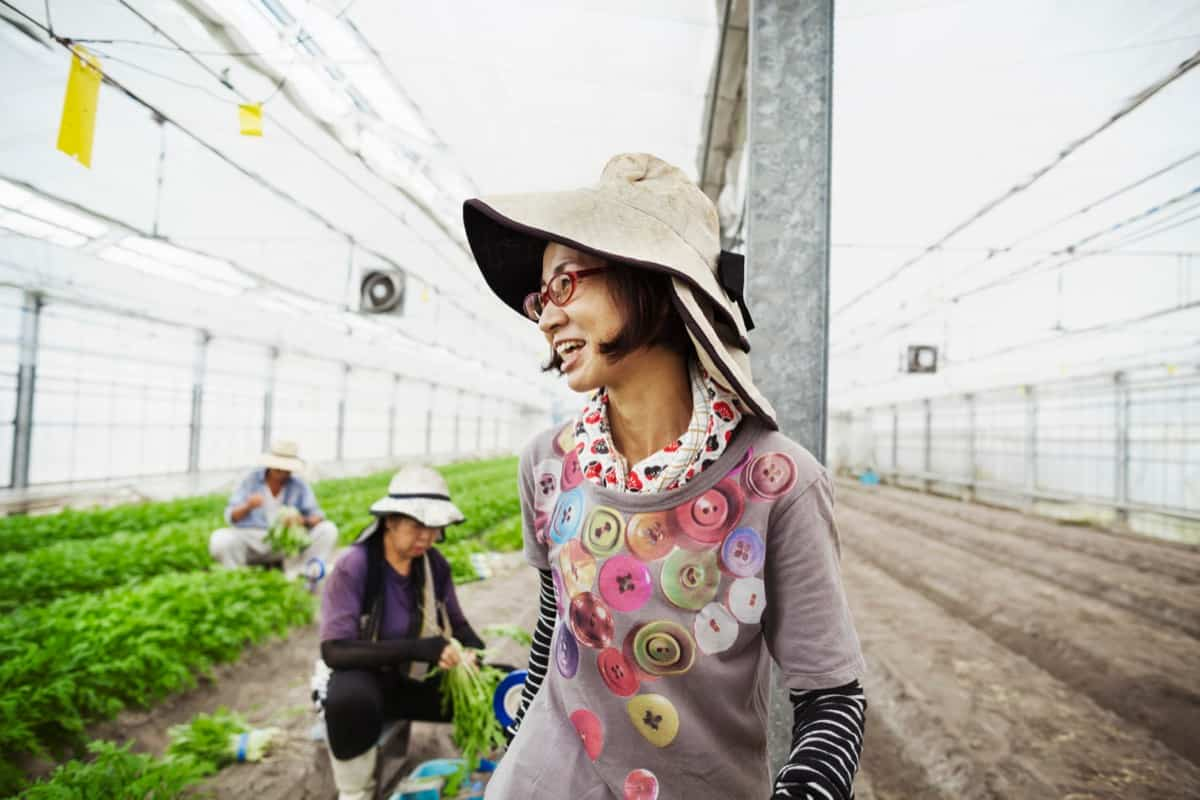
Challenges of Greenhouse Farming in Nagaland
- One of the most significant challenges is access to land. The mountainous terrain and dense forests make it difficult for farmers to access land suitable for farming greenhouse crops.
- Another challenge is the weather. Nagaland experiences various weather conditions, including temperature extremes, which can be hazardous for plants. Finally, some farmers who have tried planting vegetables in greenhouses have complained about low yields due to a lack of knowledge about how to grow vegetables in greenhouses.
- Another challenge is getting the right kind of climate for your crops. In Nagaland, temperatures can range from cold in the winter to scorching hot in the summer. As a result, climate-controlled greenhouses must be able to adjust their temperature to accommodate different seasons.
- One final challenge is managing pests and diseases in a confined space. In greenhouses, pests can spread quickly because there’s no natural barrier between plants and insects. Regularly spraying pesticides or using other forms of pest control is necessary to keep your crops healthy.
Conclusion
Greenhouse farming in Nagaland is a recent development that has gained popularity due to the region’s climate and fertile soil. The practice of greenhouse farming uses glass or plastic panels to simulate the natural environment, allowing farmers to grow crops indoors without the need for extensive irrigation and pesticides. Greenhouse farming in Nagaland can be profitable, given the right conditions.
- Types of Pesticides Used in Agriculture: A Beginner’s Guide
- Economical Aquaculture: A Guide to Low-Budget Fish Farming
- 15 Common Planting Errors That Can Doom Your Fruit Trees
- How to Make Houseplants Bushy: Effective Tips and Ideas
- Innovative Strategies for Boosting Coconut Pollination and Yield
- Pollination Strategies for Maximum Pumpkin Yield
- The Complete Guide to Chicken Fattening: Strategies for Maximum Growth
- Natural Solutions for Tulip Problems: 100% Effective Remedies for Leaf and Bulb-Related Issues
- Revolutionizing Citrus Preservation: Towards a Healthier, Greener Future
- Natural Solutions for Peony Leaf and Flower Problems: 100% Effective Remedies
- Maximizing Profits with Avocado Contract Farming in India: A Comprehensive Guide
- Natural Solutions for Hydrangea Problems: 100% Effective Remedies for Leaf and Flowers
- The Ultimate Guide to Choosing the Perfect Foliage Friend: Bringing Life Indoors
- From Sunlight to Sustainability: 15 Ways to Use Solar Technology in Agriculture
- The Ultimate Guide to Dong Tao Chicken: Exploring from History to Raising
- The Eco-Friendly Makeover: How to Convert Your Unused Swimming Pool into a Fish Pond
- Mastering the Art of Delaware Chicken Farming: Essentials for Healthy Backyard Flocks
- 20 Best Homemade Fertilizers for Money Plant: DIY Recipes and Application Methods
- How to Craft a Comprehensive Free-Range Chicken Farming Business Plan
- Brighten Your Flock: Raising Easter Egger Chickens for Beauty and Bounty
- How to Optimize Your Poultry Egg Farm Business Plan with These Strategies
- Subsidy for Spirulina Cultivation: How Indian Government Schemes Encouraging Spirulina Farmers
- Ultimate Guide to Raising Dominique Chickens: Breeding, Feeding, Egg-Production, and Care
- Mastering the Art of Raising Jersey Giant Chickens: Care, Feeding, and More
- Ultimate Guide to Raising Legbar Chickens: Breeding, Farming Practices, Diet, Egg-Production
- How to Raise Welsummer Chickens: A Comprehensive Guide for Beginners
- How to Protect Indoor Plants in Winter: A Comprehensive Guide
- Ultimate Guide to Grow Bag Gardening: Tips, Tricks, and Planting Ideas for Urban Gardeners
- Guide to Lotus Cultivation: How to Propagate, Plant, Grow, Care, Cost, and Profit
- Agriculture Drone Subsidy Scheme: Government Kisan Subsidy, License, and How to Apply Online
- Ultimate Guide to Raising Araucana Chickens: Breed Profile, Farming Economics, Diet, and Care
- Bringing Hydroponics to Classroom: Importance, Benefits of Learning for School Students
- Ultimate Guide to Raising Polish Chickens: Breed Profile, Farming Economics, Diet, and Care
- Ultimate Guide to Raising Australorp Chickens: Profile, Farming Economics, Egg Production, Diet, and Care
- Silkie Chicken Farming: Raising Practices, Varieties, Egg Production, Diet, and Care
- Sussex Chicken Farming: Raising Practices, Varieties, Egg Production, Diet and Care